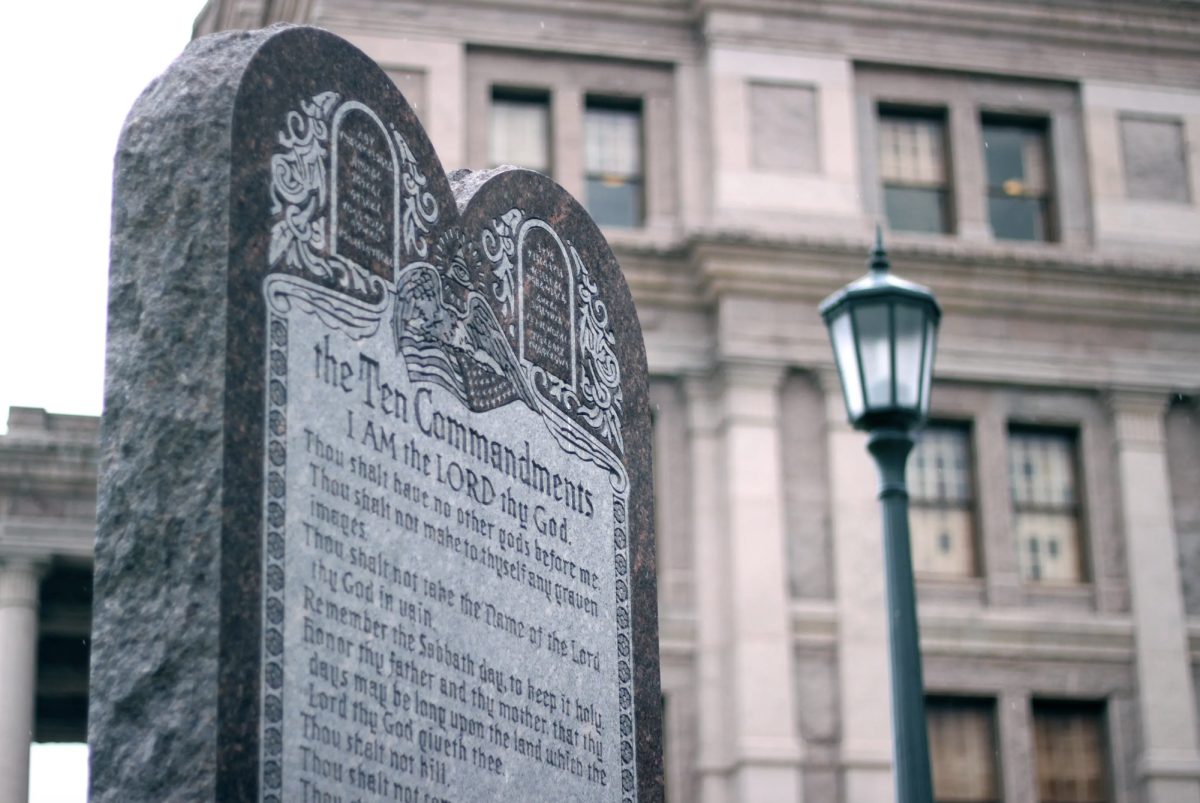‘A Day Without a Woman’
Protests held worldwide
March 8, 2017
On International Women’s Day, strikes were held across over 50 countries and 400 cities as women made their voices heard. The march was organized by Women’s March on Washington, a protest organization that organized what may have been the largest gathering of marchers in United States history.
“It’s important to see how problems women went through before are resurfacing,” sophomore Reilly Garcia said. “I hope that in the future that women aren’t seen as inferior or weak, and that the equality between men and women gets extended.”
Austin was among the cities to celebrate International Women’s Day with protest. The rally’s purpose was to draw attention to the impact women have on the economy while systematically earning less than men, and experiencing higher levels of discrimination and harassment in the workplace. Women were encouraged to strike from their jobs and take the day to attend marches protests, and rallies. Women unable to strike and men who would be attending work were encouraged to wear red as a symbol of unity with the protesters.
“Women in the workforce are often extremely underappreciated and do not receive nearly as much recognition for their hard work and services as men do,” senior Lee Metaxa-Rozenfeld said. “While it may have left the world standing still for a moment, the protest needed to take place in order for women’s voices to be heard.”
The protest was met with it’s fair share of critics.Those against ‘A Day Without a Woman’ argued that American women are largely privileged in comparison to countries which are more patriarchal, and that women living in poverty simply cannot afford to take a day off work, as it could put their survival in jeopardy.
“There are plenty of cases in which women don’t receive equal pay but the wage gap as a whole is a myth,” senior Jared Bouloy said. “I think that their time could have been better spent drawing attention to women who are oppressed every day in third world countries.”
The walkout was modeled after the recent ‘Day Without an Immigrant’ protest that occurred in response to the higher frequency of ICE deportation raids. Both protests were meant to draw attention to the contributions of historically marginalized members of society and their contributions to its infrastructure.
“The ‘A Day Without Immigrants’’ protest was as beautiful as the ‘A Day without Women’s’,” senior Nicole Gilbert said. “People came out to have their voices heard and to stand up for what they believe in. This is history in the making. Changes have been made by protests in the past, and will continue to be held until reform is affected.”







